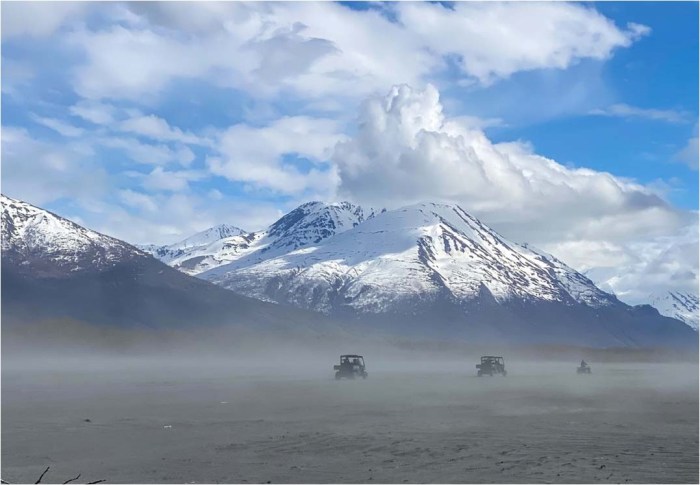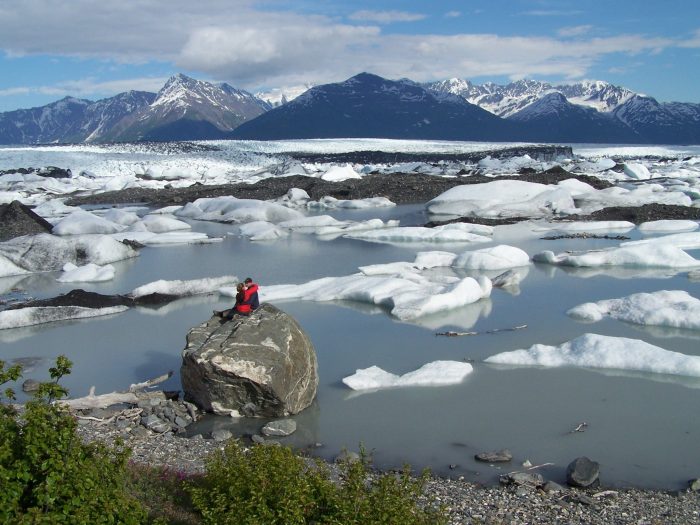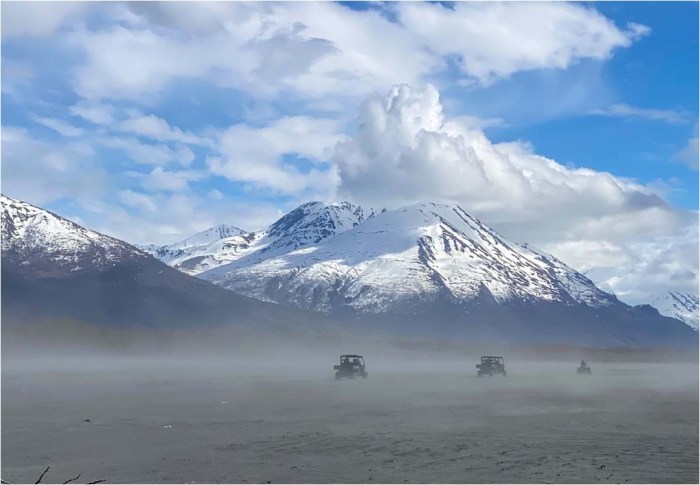Top 10 things to do in Zadar, Croatia: Discover the captivating beauty and rich history of this coastal gem. From ancient Roman ruins to stunning beaches, Zadar offers a vibrant tapestry of experiences for every traveler. This list delves into the must-see attractions, culinary delights, and coastal adventures that await.
This comprehensive guide to Zadar will take you on a journey through its historical heart, unveiling its hidden gems and captivating you with its coastal charm. Explore ancient sites, relax on sun-drenched beaches, and savor the unique flavors of Dalmatian cuisine.
Exploring the Charms of Zadar
Nestled on the Adriatic coast of Croatia, Zadar boasts a captivating blend of ancient history and modern vibrancy. This charming city, with its rich cultural heritage, offers a unique experience for visitors, blending historical significance with contemporary attractions. From the iconic Roman ruins to the pulsating energy of the city’s vibrant nightlife, Zadar promises an unforgettable journey through time and culture.
Zadar’s tourism potential is undeniable. Its picturesque setting, combined with a variety of historical and cultural sites, makes it an attractive destination for tourists seeking both relaxation and exploration. The city’s well-preserved architecture, delicious cuisine, and lively atmosphere create a perfect environment for travelers to immerse themselves in Croatian culture and enjoy the beauty of the Adriatic.
Understanding the Top 10 List
This “Top 10” list serves as a curated selection of the most impactful and engaging experiences Zadar has to offer. It’s designed to provide a concise overview of the city’s highlights, offering visitors a starting point for planning their trip and ensuring they don’t miss the must-see attractions. The list prioritizes experiences that combine historical context with contemporary appeal, making it a valuable tool for travelers seeking a balanced and enriching journey through Zadar.
Historical and Cultural Landmarks
Zadar’s historical and cultural landmarks provide a fascinating glimpse into its rich past. From the ancient Roman structures to the intricate medieval architecture, these sites showcase the city’s enduring legacy and contribute to its unique appeal. These sites are vital to understanding Zadar’s history and cultural identity.
- The Greeting to the Sun:
- A mesmerizing architectural marvel, the Greeting to the Sun is a striking combination of engineering and artistic expression. This unique structure is a popular landmark for both tourists and locals.
- The Sea Organ:
- This musical instrument, carved into the seawall, is a harmonious addition to Zadar’s waterfront. Its design transforms the rhythmic movement of the waves into a beautiful symphony.
- The Walls of Zadar:
- A significant portion of the ancient city walls still stands, offering a powerful connection to Zadar’s history. They provide a stunning perspective on the city’s fortifications and their strategic importance throughout the ages.
Experiences and Activities
Zadar’s activities offer a wide range of choices for tourists, catering to diverse interests and preferences. From exploring the city’s vibrant cultural scene to indulging in its culinary delights, visitors can enjoy a rich and fulfilling experience.
- Strolling through the City Center:
- A leisurely stroll through the heart of Zadar allows visitors to soak in the city’s atmosphere and admire the well-preserved architecture.
- Exploring the City’s Museums:
- Zadar boasts several museums, offering visitors insights into the region’s history, art, and culture. These institutions provide enriching experiences, especially for those with an interest in learning about the past.
- Enjoying the City’s Beaches:
- Zadar’s coastal location offers beautiful beaches, providing opportunities for relaxation and enjoyment. These beaches are a vital part of the tourist experience in Zadar.
Historical and Cultural Sites
Zadar, a city steeped in history, boasts a rich tapestry of historical and cultural sites. From ancient Roman ruins to charming medieval architecture, the city’s past resonates through its structures and traditions. Exploring these sites unveils a deeper understanding of the city’s evolution and the lives of its inhabitants throughout the ages.The historical heart of Zadar pulsates with stories waiting to be discovered.
These sites, carefully preserved, offer a glimpse into the city’s past, showcasing the ingenuity and artistry of generations past. The cultural heritage of Zadar is reflected in its traditions, customs, and the artistic expressions that continue to thrive.
Significant Historical Sites
Zadar’s historical sites offer a captivating journey through time. These locations are not just remnants of the past; they are living testaments to the city’s resilience and enduring spirit. Each site holds a unique narrative, contributing to the overall rich history of the city.
- The Forum of Zadar: This ancient Roman forum, a bustling marketplace and civic center, provides a profound understanding of Roman life in the region. Its well-preserved ruins offer a tangible link to the city’s Roman past, showcasing the intricate design and construction techniques of the era. The forum’s layout, including the remnants of temples and public buildings, reveals the importance of civic life and commerce in the Roman province.
- The Church of St. Donatus: This historical church, showcasing a blend of architectural styles, reflects the city’s evolution from Roman times to the Middle Ages. The intricate stonework and architectural elements reveal the influence of various artistic movements and the ongoing adaptation of the city’s buildings. The church’s history intertwines with the city’s religious and social life, providing insight into the cultural values and beliefs of the community.
- The Walls of Zadar: These ancient fortifications, once vital for defense, are a testament to the city’s strategic importance throughout its history. The walls’ design and construction demonstrate the ingenuity of medieval engineers and the city’s dedication to its security. The remnants of these walls offer a visual representation of the city’s defense mechanisms and the challenges faced by its inhabitants in safeguarding their community.
Cultural Heritage
Zadar’s cultural heritage is a vibrant tapestry woven from generations of traditions and customs. These elements, passed down through families and communities, have shaped the unique identity of the city.
- Traditional Festivals and Celebrations: Zadar’s rich cultural heritage is reflected in the various festivals and celebrations that take place throughout the year. These events, often steeped in local traditions, offer a glimpse into the city’s vibrant spirit and community bonds.
- Folklore and Storytelling: The oral traditions of Zadar, including folklore and storytelling, are essential components of the city’s cultural heritage. These narratives, passed down through generations, often contain valuable insights into the city’s history, values, and beliefs.
- Local Cuisine: Zadar’s culinary traditions are deeply rooted in the region’s agricultural heritage. The local cuisine offers a diverse range of flavors and ingredients, reflecting the city’s connection to the surrounding environment and its history.
Architectural Elements and Artistic Features
The architectural elements and artistic features of Zadar’s historical sites showcase a wide range of influences and artistic expressions.
- Romanesque Architecture: Several buildings in Zadar demonstrate the influence of Romanesque architecture, showcasing the intricate stonework and the use of arches and vaults, evident in churches and public buildings.
- Byzantine Influences: Traces of Byzantine influence are visible in some of the decorative elements and architectural details found in certain structures, reflecting the interaction and cultural exchange between different regions and periods.
- Gothic and Renaissance Styles: The city’s buildings also reveal elements of Gothic and Renaissance styles, showcasing the evolving artistic expressions and architectural trends of the medieval and early modern periods.
History of Key Cultural Attractions
The history of Zadar’s key cultural attractions reveals a continuous thread of evolution and adaptation. From Roman settlements to medieval fortresses, the city’s sites have witnessed significant historical events and played a vital role in the development of the region.
| Site Name | Description | Year Built | Significance |
|---|---|---|---|
| The Forum of Zadar | Ancient Roman marketplace | 1st Century | Highlights Roman influence and civic life |
| The Church of St. Donatus | Historical church with architectural blend | 6th Century | Demonstrates evolution from Roman to medieval periods |
| The Walls of Zadar | Medieval fortifications | 12th Century | Showcase city’s strategic importance and defense |
Beaches and Coastal Activities
Zadar’s stunning coastline offers a plethora of opportunities for relaxation and adventure. From sun-drenched beaches to exhilarating water sports, the area provides a perfect blend of tranquility and excitement. The crystal-clear waters and picturesque landscapes make it an ideal destination for families and individuals alike.The coastal region boasts a variety of beaches catering to diverse preferences, from secluded coves to lively resorts.
The diverse range of activities available further enhances the overall experience, making it an attractive destination for both a relaxing beach holiday or an active getaway.
Stunning Beaches in the Zadar Area
Zadar’s beaches offer a diverse range of experiences, from tranquil bays to bustling resorts. These beaches provide a glimpse into the beauty and versatility of the Dalmatian coast.
- Zrće Beach: This popular beach, known for its golden sand and shallow waters, is an excellent choice for families with young children. The gentle slope into the Adriatic Sea makes it ideal for swimming and playing in the water. The lively atmosphere and abundant facilities contribute to its popularity, creating a lively yet relaxed environment. It’s a great place to enjoy the vibrant energy of the beach while having access to numerous restaurants, cafes, and shops.
- Kolovare Beach: Located further from the city center, Kolovare offers a more secluded and tranquil atmosphere. The fine sand and crystal-clear water make it perfect for those seeking a peaceful escape. The scenic coastal views are a welcome bonus, adding to the serene experience. It’s known for its quieter ambiance and slower pace, allowing visitors to connect with the natural beauty of the surroundings.
- Saline Beach: Situated close to the city, this beach offers a unique blend of natural beauty and proximity to amenities. The beach boasts a mix of fine sand and rocky sections, providing a diverse experience. It is a fantastic option for those looking for a balance between relaxation and easy access to Zadar’s attractions. Its proximity to the city ensures that various amenities are within reach.
Popular Water Activities
The Adriatic Sea surrounding Zadar offers a wide range of water sports and activities for visitors of all ages and interests.
- Swimming: The crystal-clear waters and warm temperatures make swimming a popular activity. Visitors can explore the underwater world and enjoy the refreshing feel of the sea.
- Snorkeling and Scuba Diving: The rich marine life and diverse underwater landscapes provide excellent opportunities for snorkeling and scuba diving. Visitors can explore the vibrant coral reefs and encounter a variety of fish and marine creatures.
- Boat Trips: Numerous boat trips depart from Zadar, offering opportunities to explore the coastline, hidden coves, and nearby islands. Visitors can enjoy scenic views, learn about the local culture, and discover the beauty of the Dalmatian islands.
- Water Skiing and Wakeboarding: For those seeking more adventurous activities, water skiing and wakeboarding are popular choices. The suitable conditions and experienced instructors make these activities an exhilarating experience.
Coastal Scenery
The coastal scenery around Zadar is characterized by its stunning beauty and picturesque landscapes. The Adriatic Sea’s shimmering surface contrasts beautifully with the rugged cliffs and lush greenery of the surrounding hills.
Zadar’s top 10 attractions are amazing, from the iconic Sea Organ to the impressive Roman ruins. But if you’re looking for a truly tranquil escape, have you considered exploring the most peaceful places in the US? A recent analysis of US destinations, like those in the most peaceful places in the us casago analysis , might offer some surprising gems for your next adventure.
Ultimately, though, Zadar’s historical charm and stunning coastal beauty still make it a top choice for any traveler.
- Breathtaking Views: The panoramic views of the coastline from various vantage points are a highlight of the area. Visitors can admire the picturesque scenery and enjoy the vibrant colors of the landscape.
- Diverse Landscapes: The coastal region showcases a diverse range of landscapes, from secluded coves to bustling resorts. This variety caters to diverse preferences, ensuring a captivating experience for all visitors.
- Surrounding Environment: The lush vegetation and rolling hills surrounding the coastline enhance the overall beauty and serenity of the area. This combination of natural elements creates a harmonious and captivating environment.
Top 3 Beaches for Families and Young Children
For families with young children, the following beaches stand out for their suitability and amenities.
- Zrće Beach: Known for its shallow waters, making it ideal for children to safely play and swim. The abundance of facilities and activities make it a welcoming choice for families.
- Saline Beach: The combination of sand and shallow areas offers a balanced environment. The proximity to amenities and attractions ensures a convenient and enjoyable experience for families.
- A beach suitable for young children should ideally have calm waters, a gentle slope into the sea, and a variety of amenities to keep children entertained. This often translates to a sandy or pebble beach with shallow waters and a variety of facilities like playgrounds or children’s clubs.
Beach Comparison Table
| Beach Name | Water Quality | Accessibility | Amenities |
|---|---|---|---|
| Zrće | Excellent | High | Restaurants, cafes, shops, playgrounds |
| Kolovare | Excellent | Medium | Limited restaurants, basic facilities |
| Saline | Excellent | High | Restaurants, cafes, basic amenities |
Modern Attractions and Entertainment
Zadar, a city steeped in history, also boasts a vibrant modern scene that complements its rich past. From captivating museums to lively nightlife, the city offers a diverse range of experiences for visitors seeking something beyond the historical landmarks. This section explores the contemporary attractions and entertainment options that contribute to Zadar’s appeal.
Zadar’s got some amazing sights, and a top 10 list is a great way to start planning a trip. From the impressive sea organ to the unique architecture, there’s a lot to explore. But if you’re looking for breathtaking landscapes, you might consider photographing the Isle of Skye in Scotland. The stunning landscapes, dramatic cliffs, and mystical lochs of Skye offer incredible photo opportunities.
Photographing Isle of Skye Scotland is a fantastic way to capture the raw beauty of the Scottish Highlands. Still, Zadar deserves its place on any traveler’s list, offering a unique blend of history and modern charm. Back to the top 10 in Zadar!
Modern Museums and Galleries
Zadar offers several museums and galleries showcasing contemporary art and culture. These spaces often feature rotating exhibitions, attracting both local residents and tourists. The exhibits typically range from traditional artistic mediums to cutting-edge installations, reflecting the city’s artistic dynamism. A common thread in many of these venues is an emphasis on interactive displays, allowing visitors to engage directly with the artwork and the surrounding themes.
The atmosphere is generally relaxed and welcoming, encouraging contemplation and appreciation of the displayed pieces.
Nightlife and Entertainment Events
Zadar’s nightlife scene is diverse and caters to various preferences. From lively bars and clubs playing electronic music to cozy cafes serving local drinks, there are options for every taste. Numerous cultural events and festivals are organized throughout the year, drawing visitors with live music performances, theatre productions, and open-air film screenings. These events often take place in the city’s historical squares or charming coastal locations, enhancing the experience.
Role of Modern Attractions in Tourism
Modern attractions, such as museums and galleries, play a crucial role in attracting tourists to Zadar. They offer a distinct experience beyond the traditional historical sites, catering to a broader range of interests. The diverse range of exhibits, from contemporary art to local history, caters to various visitor preferences, creating a more holistic and appealing tourist experience.
Dining Experiences in Zadar
Zadar’s culinary scene is a delightful mix of traditional Croatian dishes and international flavors. From charming waterfront restaurants serving fresh seafood to cozy bistros offering local specialties, there’s a restaurant for every taste and budget. Many restaurants feature outdoor seating, allowing visitors to enjoy the pleasant Mediterranean climate while savoring their meals. The dining experiences often reflect the city’s vibrant culture and the high quality of local ingredients.
Top 3 Restaurants in Zadar
| Restaurant Name | Cuisine | Ambiance | Customer Reviews |
|---|---|---|---|
| Restaurant “Riva” | Seafood, Mediterranean | Elegant waterfront setting | High praise for fresh seafood and service |
| Konoba “Mediteran” | Traditional Croatian | Cozy, rustic atmosphere | Excellent reviews for authentic dishes and friendly staff |
| Cafe “Zadar” | International Fusion | Modern, vibrant atmosphere | Positive feedback for innovative dishes and cocktails |
Culinary Delights
Zadar’s culinary scene offers a delightful blend of traditional recipes and modern interpretations, showcasing the region’s rich agricultural heritage and fresh, local ingredients. The flavours are deeply rooted in the Mediterranean diet, with an emphasis on fresh seafood, olive oil, and seasonal produce. This section explores the unique culinary experiences Zadar has to offer, highlighting local specialties, markets, and festivals.
Unique Culinary Experiences
Zadar boasts a variety of culinary experiences that go beyond the typical tourist fare. Three distinctive options stand out: a traditional Dalmatian cooking class, a visit to a local farmers market, and indulging in a fresh seafood dinner at a beachfront restaurant. These experiences allow you to engage with the local culture, learn about the region’s culinary traditions, and savour the flavours of Zadar.
Local Cuisine and Characteristics
Zadar’s cuisine is a reflection of its coastal location and the abundance of fresh seafood available. The local cuisine emphasizes simple preparations, highlighting the natural flavours of the ingredients. Olive oil plays a crucial role, used liberally in dressings, sauces, and marinades. Vegetables, herbs, and fruits are also prominently featured, showcasing the region’s rich agricultural bounty. The cuisine often incorporates influences from neighbouring regions, contributing to its unique flavour profile.
Traditional Zadar Dishes
Zadar’s culinary heritage is rich with traditional dishes passed down through generations. These dishes showcase the region’s creativity in using local ingredients to craft flavourful and satisfying meals. The dishes often rely on simplicity and natural flavours.
Local Food Markets and Festivals, Top 10 things to do in zadar
Zadar’s bustling local markets are a vibrant hub of culinary activity, where you can find fresh produce, seafood, and local delicacies. These markets offer an excellent opportunity to interact with local vendors and learn about the region’s culinary traditions. Regular festivals, particularly those celebrating harvest seasons, provide a wonderful opportunity to sample local specialties and experience the vibrant social atmosphere.
Traditional Zadar Dishes Table
| Dish Name | Ingredients | Preparation | Taste |
|---|---|---|---|
| Pršut (Dalmatian cured ham) | Pork, salt, spices | Pork is cured with salt, spices, and herbs. The curing process can take several weeks or months, depending on the desired level of flavour and texture. | Savoury, salty, slightly smoky, with a rich, complex flavour profile. |
| Rižoto s dagnjama (Seafood risotto) | Rice, seafood (clams, mussels, shrimps), onions, garlic, white wine, broth | Rice is cooked in a flavorful broth with garlic, onions, and white wine. Fresh seafood is added to the rice towards the end of the cooking process, ensuring the seafood maintains its freshness and delicate flavour. | Creamy, light, and flavorful, with a harmonious blend of seafood and rice. |
| Potica (Dalmatian pastry) | Flour, butter, eggs, milk, raisins, nuts, cinnamon | Dough is prepared with butter, eggs, and milk. Raisins, nuts, and cinnamon are added to the dough, which is then baked in a loaf shape. | Sweet, with a rich and nutty flavour, the addition of cinnamon enhances the flavour. |
Practical Information and Tips
Zadar offers a wealth of experiences, but understanding the practicalities is key to a smooth and enjoyable trip. This section provides essential information on transportation, accommodation, currency, safety, and other vital details to help you plan your visit effectively. From navigating the city to ensuring your safety, we’ve got you covered.
Transportation Options
Zadar boasts a convenient transportation system. Buses connect the city to surrounding areas, providing affordable and efficient travel. Taxis are readily available, offering a faster alternative for specific destinations. Walking is highly recommended for exploring the city center, allowing for a more immersive experience. Consider cycling for a more active way to see the sights and surroundings.
Public transport schedules are generally available online and at tourist information centers.
Accommodation Choices
Zadar offers a diverse range of accommodation options to suit various budgets and preferences. From budget-friendly hostels to luxurious hotels and charming apartments, there’s something for everyone. Booking in advance is recommended, especially during peak season. Consider the location of your accommodation when making your choice, as proximity to attractions can significantly impact your travel time and experience.
Local Currency and Exchange
The Croatian Kuna (HRK) is the local currency. You can exchange currency at banks, exchange bureaus, and some hotels. Credit cards are widely accepted in shops and restaurants, though it’s always wise to have some local currency on hand, particularly for smaller purchases or less tourist-oriented locations. Keep in mind that exchange rates may fluctuate.
Important Safety Considerations
As with any destination, prioritizing safety is crucial. Be mindful of your belongings in crowded areas and avoid displaying expensive items. Report any suspicious activity to local authorities. Familiarize yourself with local emergency numbers. Exercise caution when navigating unfamiliar areas, especially at night.
Visa Requirements and Travel Necessities
Visa requirements for Zadar depend on your nationality. Check the official Croatian embassy website for specific visa requirements for your country of origin. Ensure your passport is valid for the duration of your stay and has sufficient empty pages. Pack appropriate clothing for the weather conditions and any necessary medications. Consider purchasing travel insurance to cover unforeseen circumstances.
Zadar’s got some amazing sights, like the iconic Sea Organ and the impressive Roman ruins. But if you’re planning a trip to rent an Airbnb there, you should definitely check out the recent Italian ban on lockboxes for rental keys, detailed in this article italy bans lockboxes for airbnb rental keys what to know. Knowing these rules will help you plan your trip and ensure a smooth stay, ensuring your top 10 Zadar experiences go off without a hitch.
Key Practical Information Summary
| Category | Information | Contact | Notes |
|---|---|---|---|
| Local Transport | Buses, Taxis, Walking, Cycling | Local bus schedules online/tourist information centers | Consider walking for city center exploration, buses for surrounding areas. |
| Accommodation Costs | Hostels to Luxury Hotels/Apartments | Online booking platforms | Book in advance, especially during peak season. |
| Local Currency | Croatian Kuna (HRK) | Banks, Exchange Bureaus, Hotels | Credit cards widely accepted. |
| Emergency Numbers | 112 (General emergency) | Police, Ambulance, Fire Brigade (local numbers available) | Familiarize yourself with local emergency numbers. |
Visual Representation

Zadar’s beauty transcends words; it’s a captivating blend of architectural styles, vibrant hues, and a palpable historical atmosphere. The city’s charm lies not just in its landmarks, but in the everyday scenes that unfold on its streets and plazas. From the intricate stonework of its historic buildings to the soft glow of the Adriatic sunset, Zadar invites the viewer to experience its unique visual character.The city’s visual appeal is further enhanced by its strategic location on the coast, with the sea constantly shaping the city’s character and providing a breathtaking backdrop to its historic and modern elements.
The interplay of light and shadow, especially during sunrise and sunset, creates a mesmerizing display of color and texture across the city.
Architectural Aesthetics
Zadar’s architecture is a fascinating tapestry woven from Roman, Byzantine, and Venetian influences. The city’s buildings showcase a diverse range of architectural styles, from the imposing grandeur of the historic buildings to the modern additions that seamlessly integrate with the old. The use of local stone, often a warm, earthy tone, is a defining characteristic, contrasting beautifully with the vibrant colors of the surrounding vegetation and the deep blues of the Adriatic.
The interplay of light on these stone structures creates a dynamic visual experience, highlighting the intricate details and textures.
Typical Street Scenes
A typical street scene in Zadar is a vibrant tableau of activity. Narrow cobblestone streets, often lined with cafes and shops, are filled with locals and tourists alike. The aroma of fresh seafood and local cuisine mingles with the sounds of conversations and the gentle lapping of waves. Colorful flowers and plants are often displayed in front of homes, adding a touch of life to the surroundings.
The architectural styles, from traditional houses to modern shops, are carefully balanced, maintaining a unique character. People are dressed in casual attire, reflecting a laid-back atmosphere.
Imagery of Historical and Cultural Sites
The historical and cultural sites of Zadar are rich in visual narratives. The Sea Organ, a unique musical instrument powered by the waves, evokes a sense of wonder and awe. The Bell Tower and the historic churches showcase a timeless elegance, with their intricate carvings and ornate details. The ancient Roman ruins and historical monuments offer a glimpse into the city’s rich past.
Images of these sites often feature the contrast between the old and the new, the past and the present.
Sunrises and Sunsets
Zadar’s sunsets and sunrises are truly spectacular. The warm hues of the setting sun paint the sky in fiery oranges, deep reds, and purples, reflecting off the water and casting long shadows across the city. The sunrise, on the other hand, brings a soft golden light that gently awakens the city, creating a serene and peaceful atmosphere. The unique qualities of the Adriatic Sea, with its vibrant blue, are particularly visible during these moments.
Popular Sights Visual Representation
Imagine the Saltworks of Zadar, their white structures gleaming under the sunlight, contrasting with the deep blue of the sea. Picture the intricate carvings and details of the Roman Forum, evoking a sense of the city’s ancient history. Visualize the colorful houses along the waterfront, their facades adorned with vibrant flowers and the lively atmosphere of the harbor.
The Zadar Cathedral stands tall, its majestic architecture drawing the eye with its elegant design. The rhythmic sound of the Sea Organ is heard as the waves crash against the city walls, and the scent of fresh seafood permeates the air.
Outcome Summary: Top 10 Things To Do In Zadar
In conclusion, Zadar’s blend of history, culture, and natural beauty makes it a truly unforgettable destination. From its iconic historical sites to its picturesque beaches and vibrant culinary scene, Zadar promises an enriching experience for every visitor. This comprehensive guide, highlighting the top 10 experiences, is designed to inspire your next Croatian adventure. So, pack your bags and prepare to be captivated!

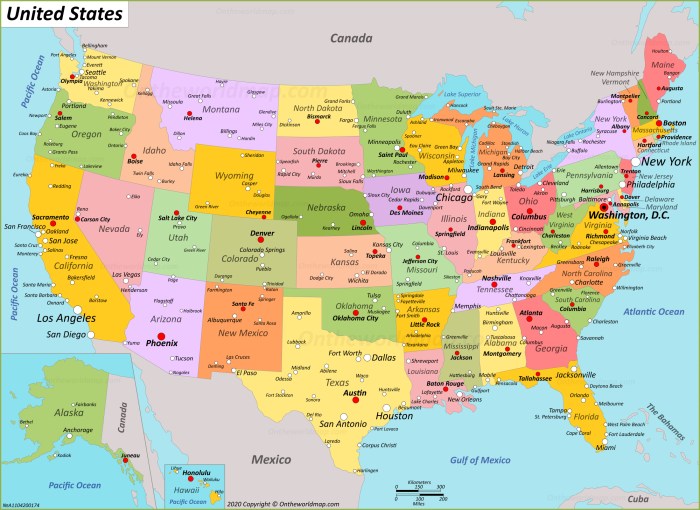

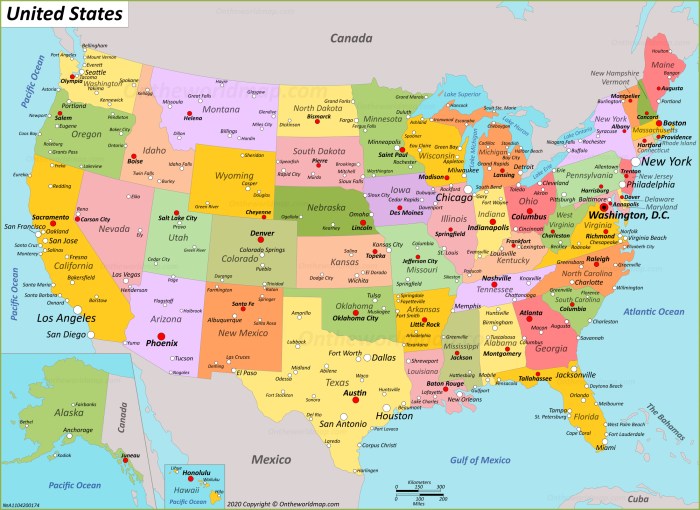
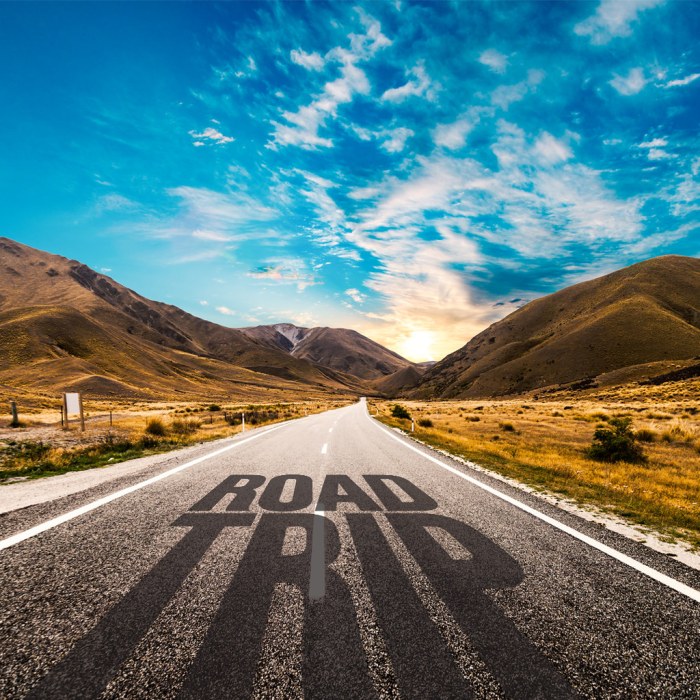

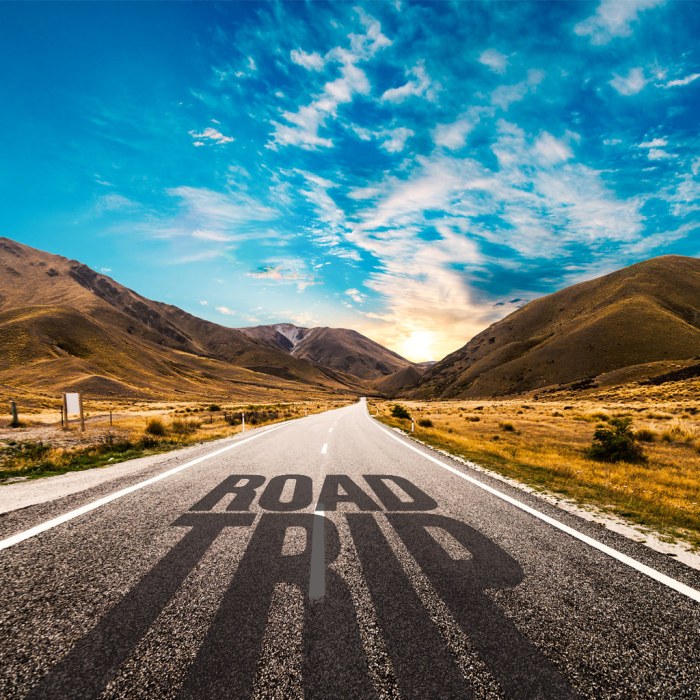












 Image description: A simple map of Fiji, highlighting the locations of domestic airports (with icons representing airplanes) and key tourist areas (with icons representing landmarks). The map also indicates routes for inter-island ferries (with icons representing boats).
Image description: A simple map of Fiji, highlighting the locations of domestic airports (with icons representing airplanes) and key tourist areas (with icons representing landmarks). The map also indicates routes for inter-island ferries (with icons representing boats). Image description: A grid showcasing popular attractions in Fiji. Each cell contains an image or icon representing the attraction, its name, a brief description, and an estimated visit duration.
Image description: A grid showcasing popular attractions in Fiji. Each cell contains an image or icon representing the attraction, its name, a brief description, and an estimated visit duration. Image description: A collage of images representing various food options available in Fiji. The collage would include images of local Fijian dishes, international cuisines, and quick-service options. Each image is paired with the restaurant name and a price range estimate.
Image description: A collage of images representing various food options available in Fiji. The collage would include images of local Fijian dishes, international cuisines, and quick-service options. Each image is paired with the restaurant name and a price range estimate.


